Pruning Chestnut Trees: How To Prune A Chestnut Tree
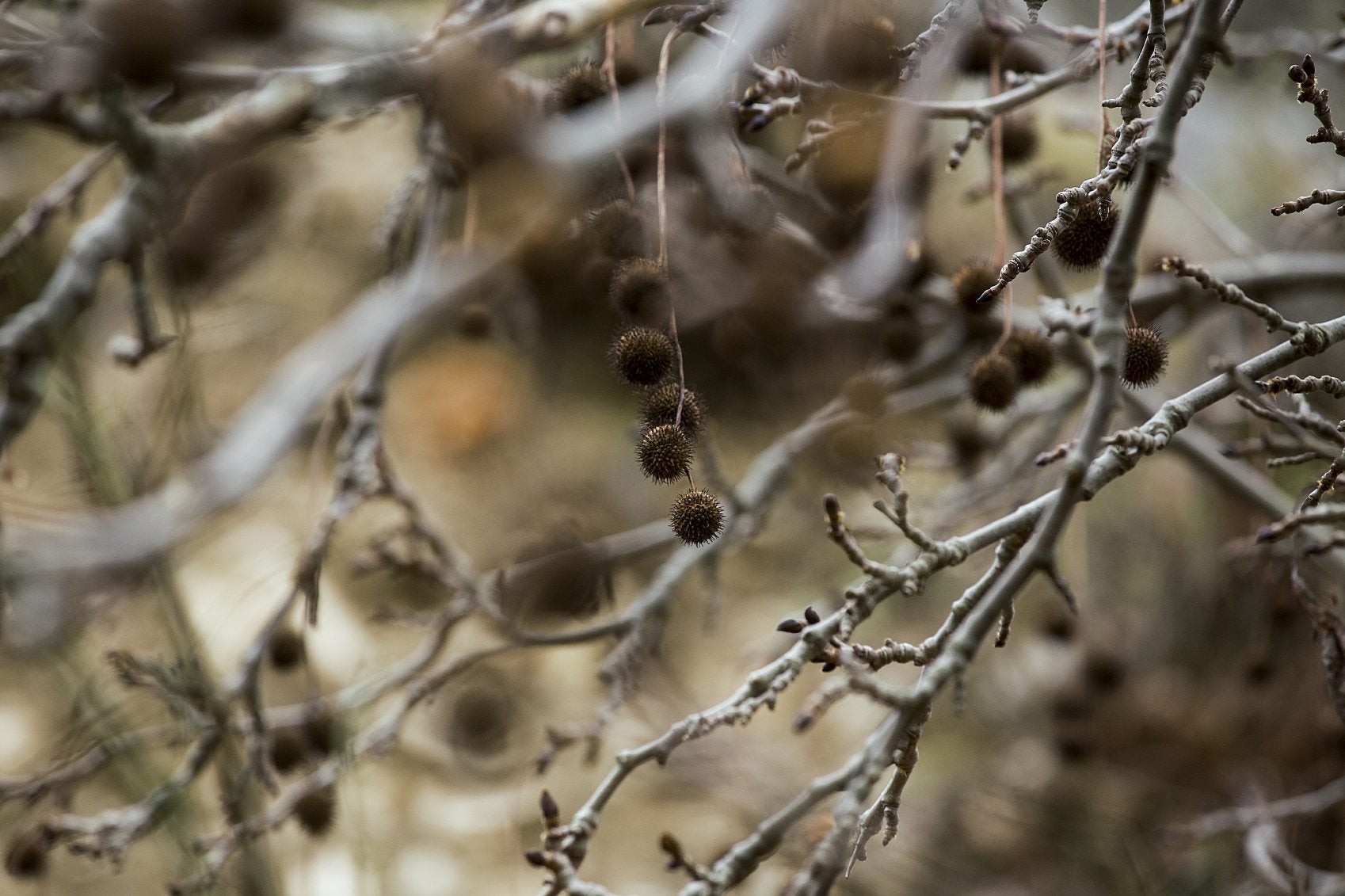

Chestnut trees grow just fine without pruning – up to 48 inches (1 m.) per year – but that doesn’t mean that cutting back chestnut trees is a waste of time. Chestnut tree pruning can keep a tree healthier, create a more attractive tree, and increase nut production. Pruning chestnut trees is not difficult. Read on to learn why and how to prune a chestnut tree.
Reasons for Trimming a Chestnut Tree
Whether you grow one chestnut tree in your backyard or have an orchard for commercial production, the most important reason to begin pruning chestnut trees is to improve their health. You should remove any branches that might cause the tree problems in the future. This includes broken branches, diseased branches, and branches with to narrow a crotch angle. Keeping your chestnut tree balanced is also important to its health. Consider starting chestnut tree pruning if branches on one side are significantly bigger and heavier than branches on the other. Commercial chestnut producers also prune their trees to help improve production. They prune out low branches to permit them to access the tree without bumping their heads. Chestnut tree pruning is also a way to limit tree height.
When to Start Cutting Back Chestnut Trees
Most chestnut tree pruning should take place in winter when the trees are dormant. If you are pruning to shape the tree or to limit its height, do it on a dry day in winter. Pruning back a broken or diseased branch shouldn’t wait for winter, however. Don’t hesitate to start cutting back chestnut trees for health reasons in summer, as long as the weather is dry. It’s critical to wait for dry weather to start cutting back chestnut trees. Trimming a chestnut tree while it is raining, or about to rain, is never recommended. It provides disease an easy way to enter the tree. If you prune during rain, the water drips directly into the pruning wounds, which can allow infection to enter the tree. Since chestnuts usually do not bleed sap when they are trimmed, new cuts are vulnerable until healed.
How to Prune Chestnut Trees
If you're considering how to prune chestnut trees, you’ll want to start by using the correct tools. Use pruners for branches under one inch (2.5 cm.) in diameter, loppers for branches from 1 to 2 ½ inches (2.5-6 cm.), and saws for bigger branches. The central leader system is the most popular for trimming a chestnut tree. In this system, all leaders but the strongest are removed to encourage tree height. However, the open-center system is preferred by some commercial producers. Whichever system you choose to use for trimming a chestnut tree, never remove more than one third of the chestnut tree in any one year. Remember that you won’t get any nuts at all on branches that are shaded as well.
Gardening tips, videos, info and more delivered right to your inbox!
Sign up for the Gardening Know How newsletter today and receive a free copy of our e-book "How to Grow Delicious Tomatoes".

Teo Spengler is a master gardener and a docent at the San Francisco Botanical Garden, where she hosts public tours. She has studied horticulture and written about nature, trees, plants, and gardening for more than two decades. Her extended family includes some 30 houseplants and hundreds of outdoor plants, including 250 trees, which are her main passion. Spengler currently splits her life between San Francisco and the French Basque Country, though she was raised in Alaska, giving her experience of gardening in a range of climates.
-
 Looking For Plants To Give You The Soft And Fuzzies? Try These 5 Fuzzy Leaf Plant Options
Looking For Plants To Give You The Soft And Fuzzies? Try These 5 Fuzzy Leaf Plant OptionsLovers of texture, drama, silver foliage and tactile plants will adore these special sensory garden additions. These fuzzy leaf plant options will leave you all aglow
By Susan Albert
-
 Get Ready For A Summer Of Hummers! Grow These Full Sun Hummingbird Plants and Flowers
Get Ready For A Summer Of Hummers! Grow These Full Sun Hummingbird Plants and FlowersIf you’re lucky enough to enjoy a sunny backyard, make sure you are maxing out on your pollinator opportunities and grow these full sun hummingbird plants and flowers
By Tonya Barnett
-
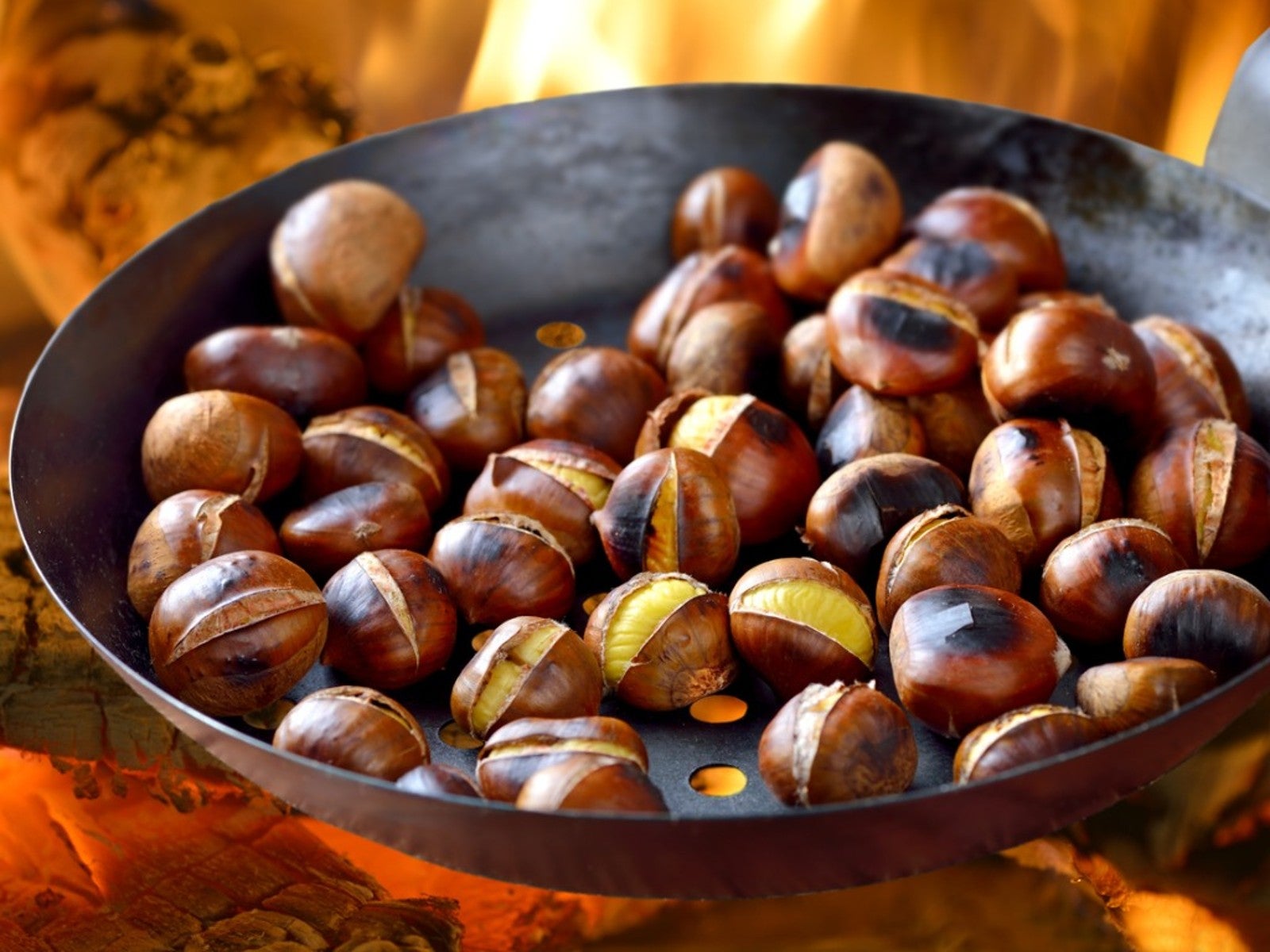 Chestnuts On An Open Fire - And Other Ways To Cook The Holiday Favorite
Chestnuts On An Open Fire - And Other Ways To Cook The Holiday FavoriteRoasted chestnuts are not the popular treat they once were, but it’s a worthy endeavor to bring back an old time feel in the home.
By Bonnie L. Grant
-
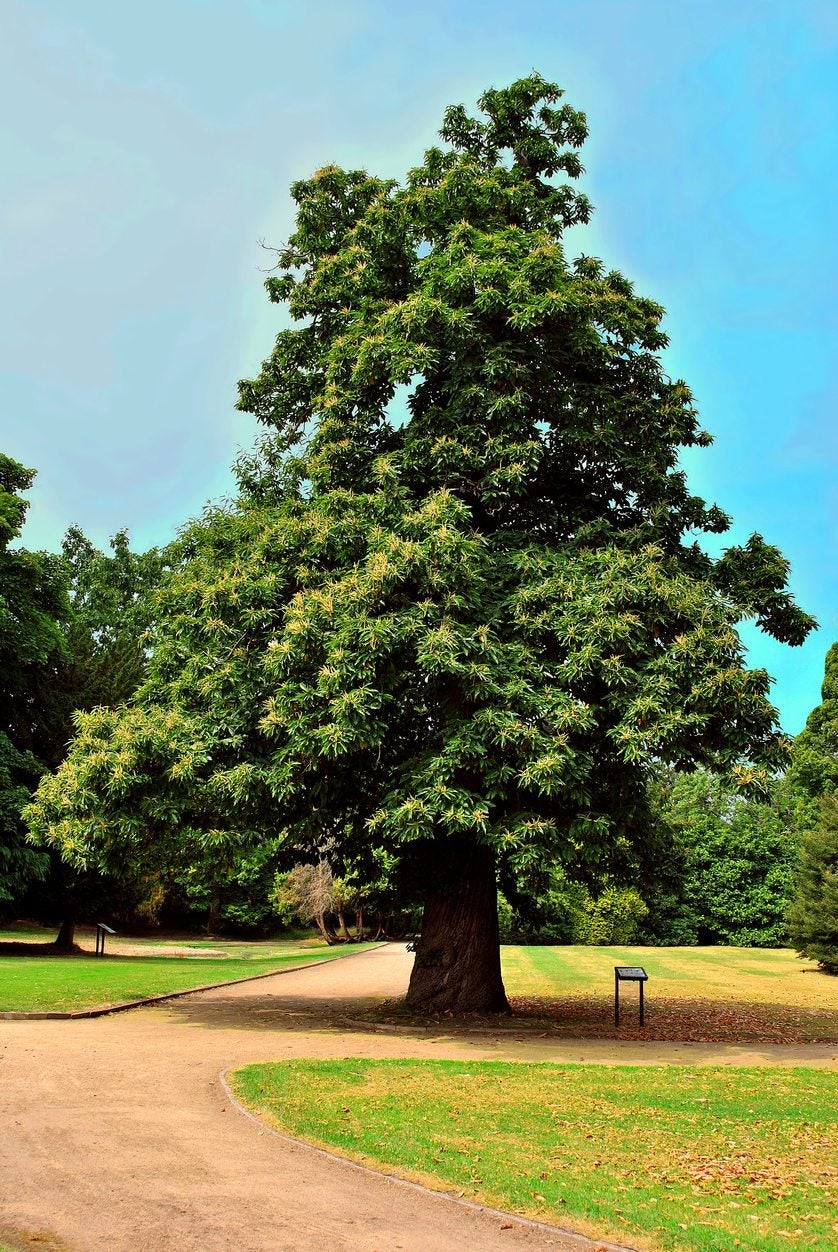 European Chestnut Care: Tips For Growing Sweet Chestnut Trees
European Chestnut Care: Tips For Growing Sweet Chestnut TreesGreat forests of American chestnut trees died from chestnut blight, but their cousins across the seas, European chestnuts, continue to thrive. Beautiful shade trees in their own right, they produce most of the chestnuts Americans eat today. Learn more about them here.
By Teo Spengler
-
 Chestnut Tree Problems: Learn About Common Chestnut Diseases
Chestnut Tree Problems: Learn About Common Chestnut DiseasesOne of the chestnut diseases is so serious that it has killed off a large percentage of the chestnut trees native to the United States. For more information on chestnut tree problems and tips on treating a sick chestnut, this article will help.
By Teo Spengler
-
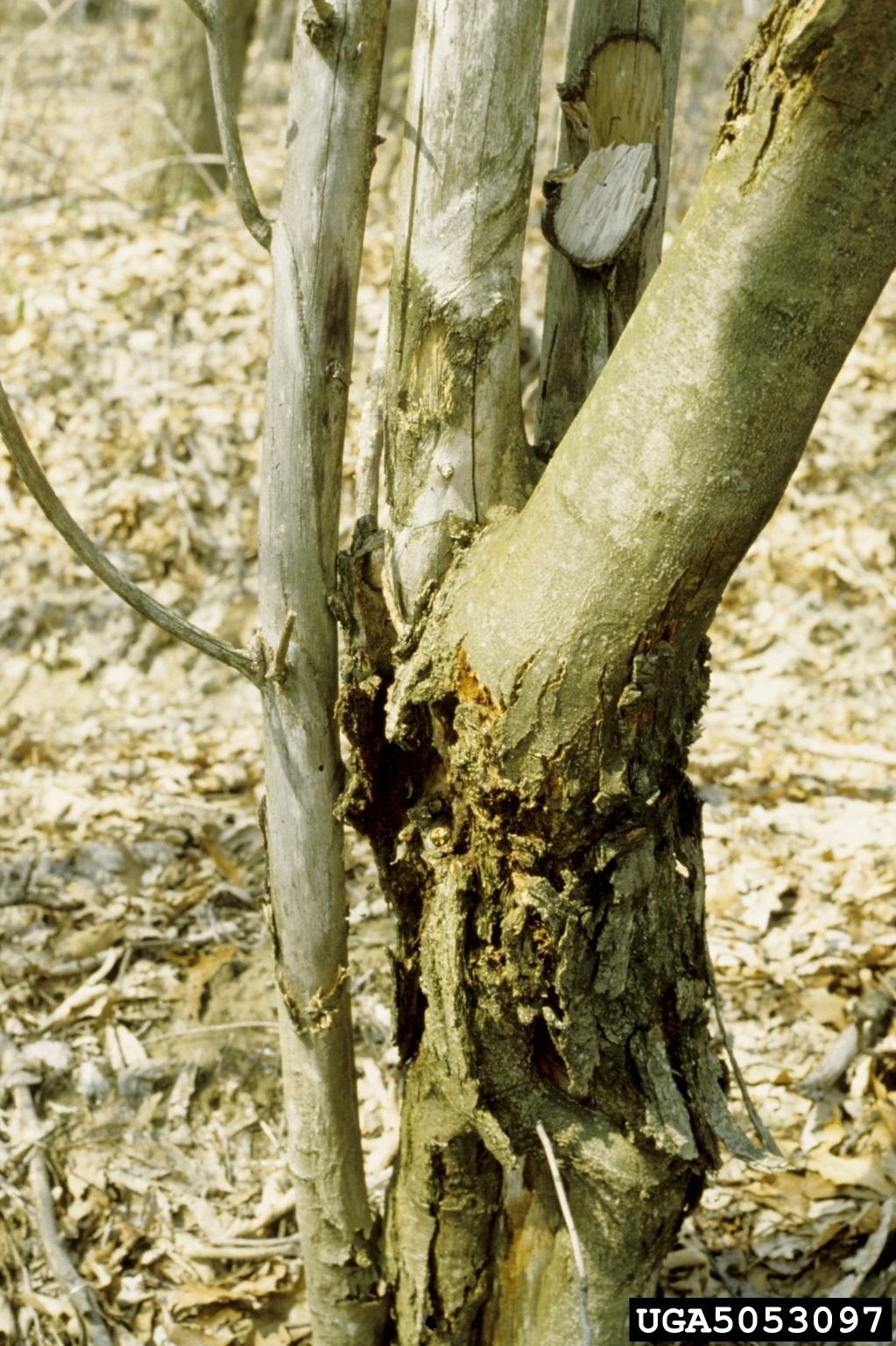 Chestnut Blight Life Cycle – Tips On Treating Chestnut Blight
Chestnut Blight Life Cycle – Tips On Treating Chestnut BlightIn the late nineteenth century, American chestnuts made up more than 50 percent of the trees in Eastern hardwood forests. Today, there are none. Click here to find out about the culprit, chestnut blight, and what's being done to combat this devastating disease.
By Jackie Carroll
-
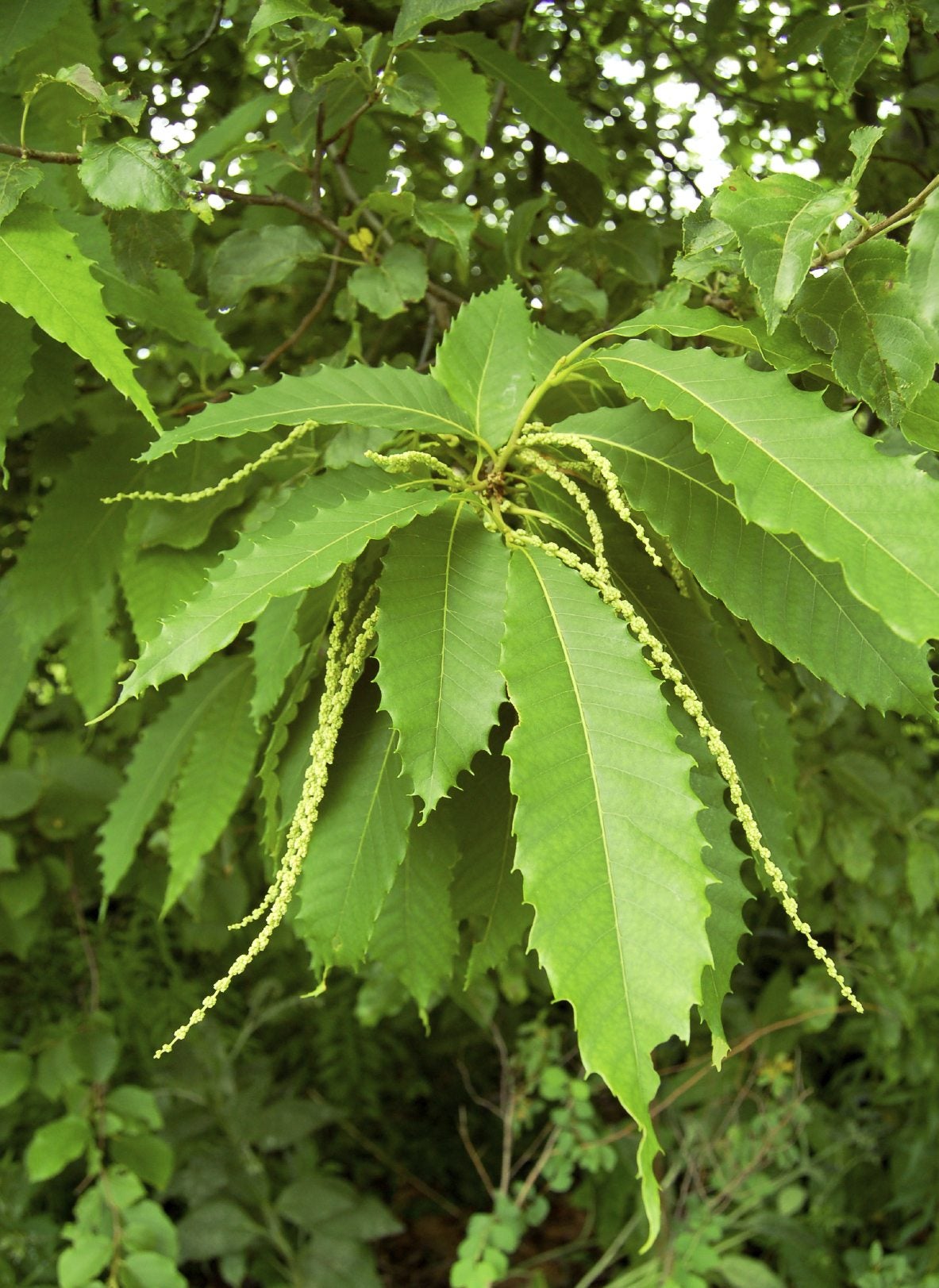 American Chestnut Tree Information – How To Grow American Chestnut Trees
American Chestnut Tree Information – How To Grow American Chestnut TreesChestnuts are rewarding trees to grow. With beautiful foliage, tall, strong structures, and often heavy and nutritious nut yields, they're a great choice if you're looking to grow trees. Learn how to grow them in this article.
By Liz Baessler
-
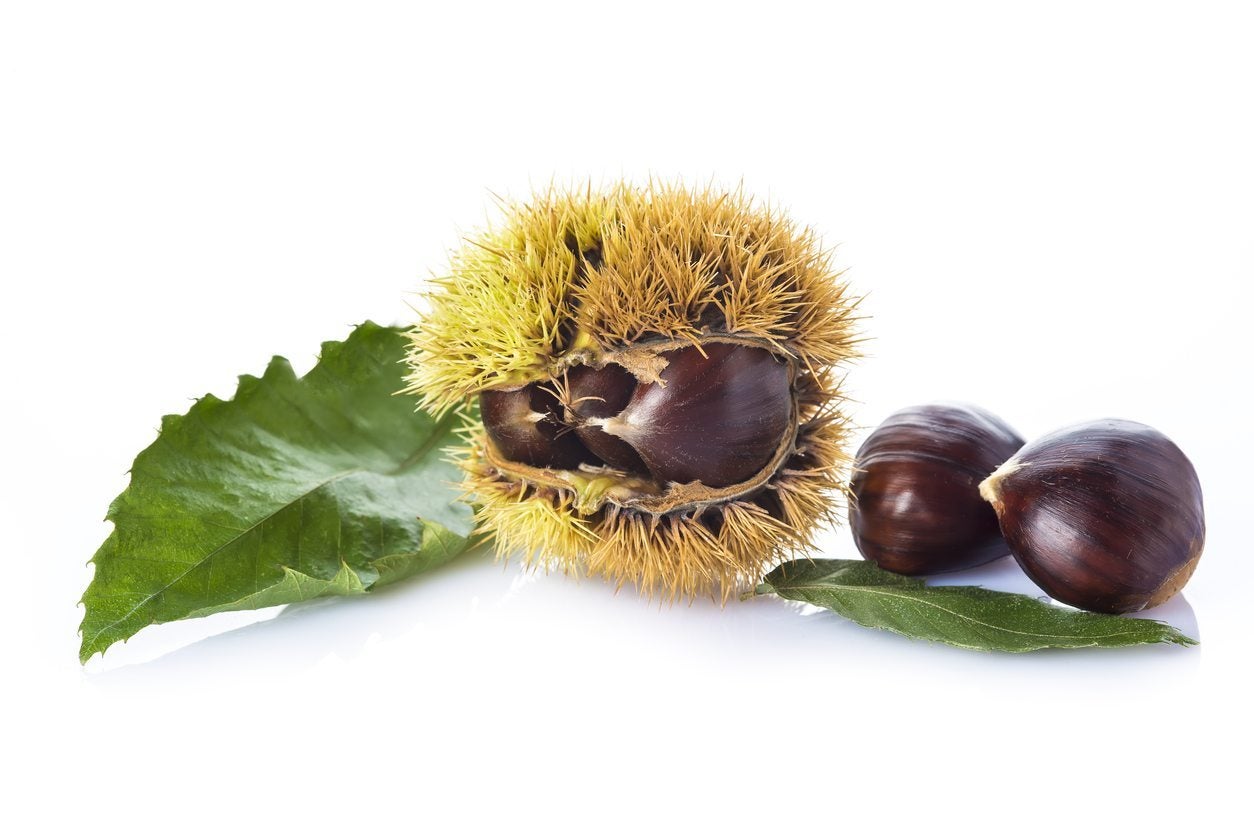 Chestnut Tree Propagation: Growing Chestnut Trees From Cuttings
Chestnut Tree Propagation: Growing Chestnut Trees From CuttingsChestnut tree propagation is not difficult. In the wild, these trees reproduce readily from the abundant crop of nuts they produce. You can also start propagating chestnut cuttings. Learn about chestnut tree propagation, and how to grow chestnut tree cuttings here.
By Teo Spengler
-
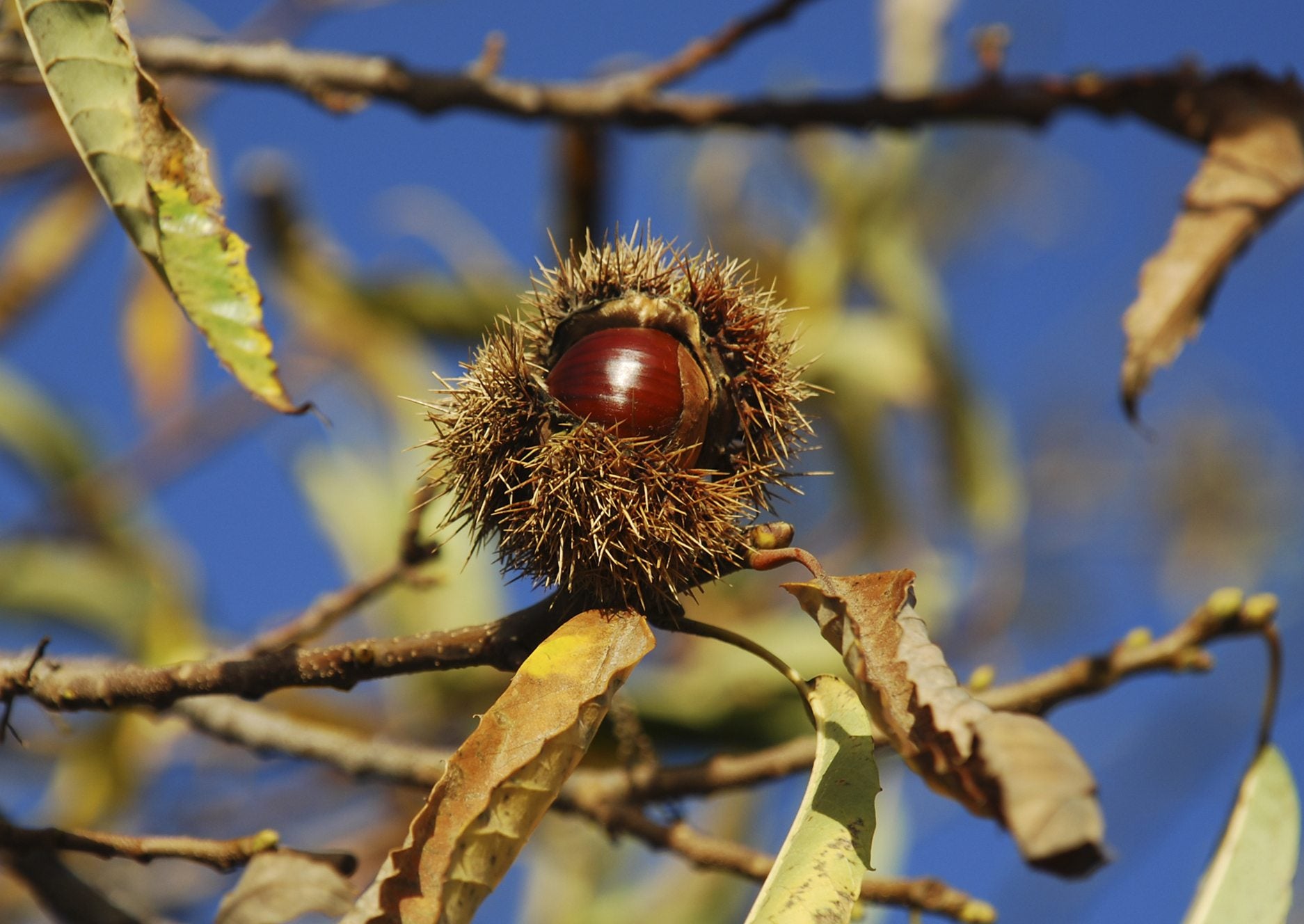 Harvesting Chestnut Trees: When And How To Harvest Chestnuts
Harvesting Chestnut Trees: When And How To Harvest ChestnutsChestnut trees are attractive trees that prefer chilly winters and warm summers. The trees produce generous quantities of flavorful, nutrition-rich nuts inside spiny hulls, commonly known as burs. Want to know how to harvest chestnuts? Click here.
By Mary H. Dyer
-
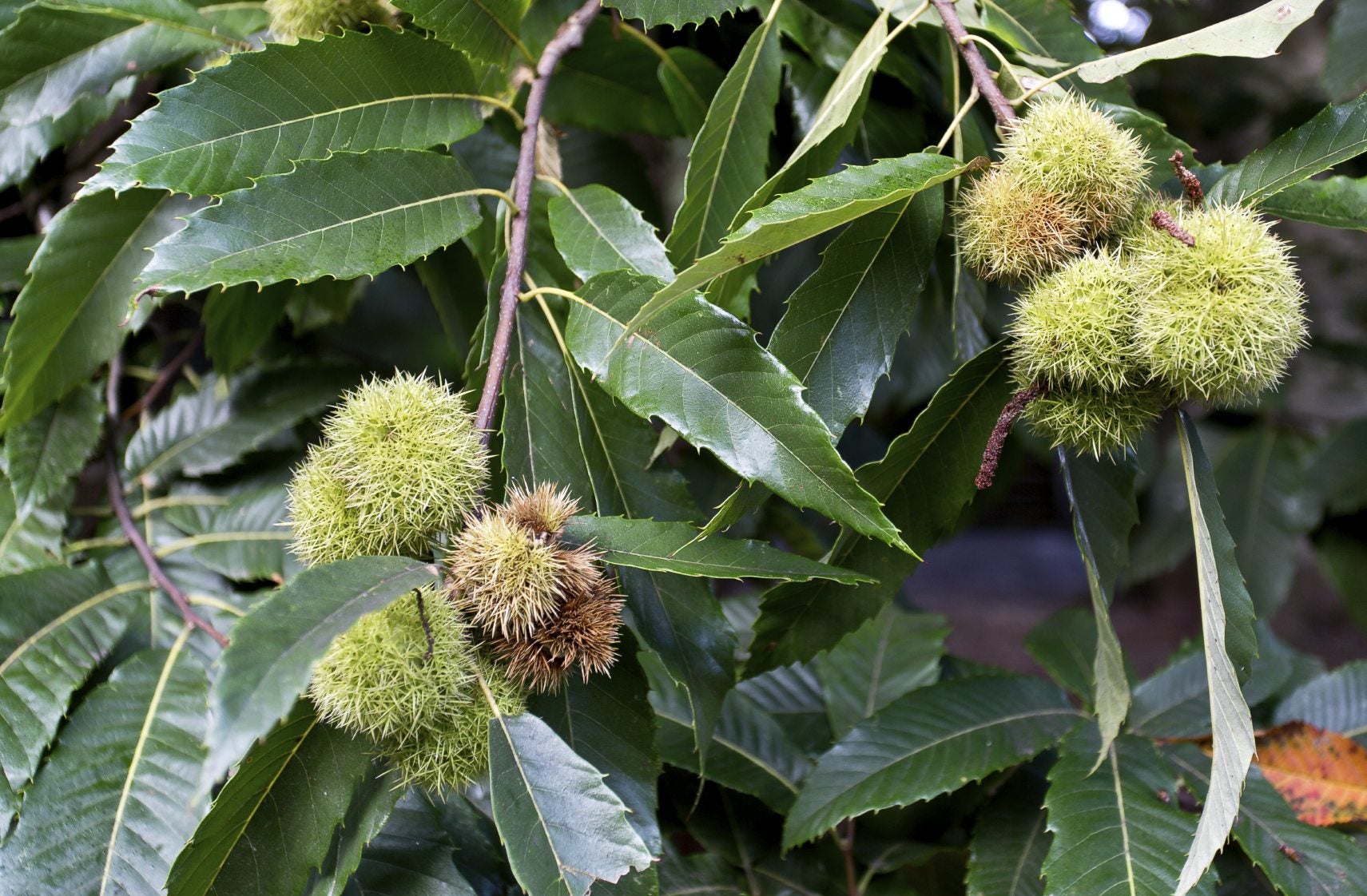 Chestnut Tree Care: Guide To Growing Chestnut Trees
Chestnut Tree Care: Guide To Growing Chestnut TreesChestnut trees have been cultivated for their starchy nuts for thousands of years. If you are thinking of growing chestnut trees, click on the article that follows for tips and information about chestnut tree care.
By Teo Spengler